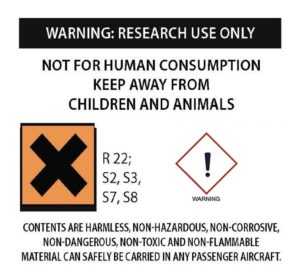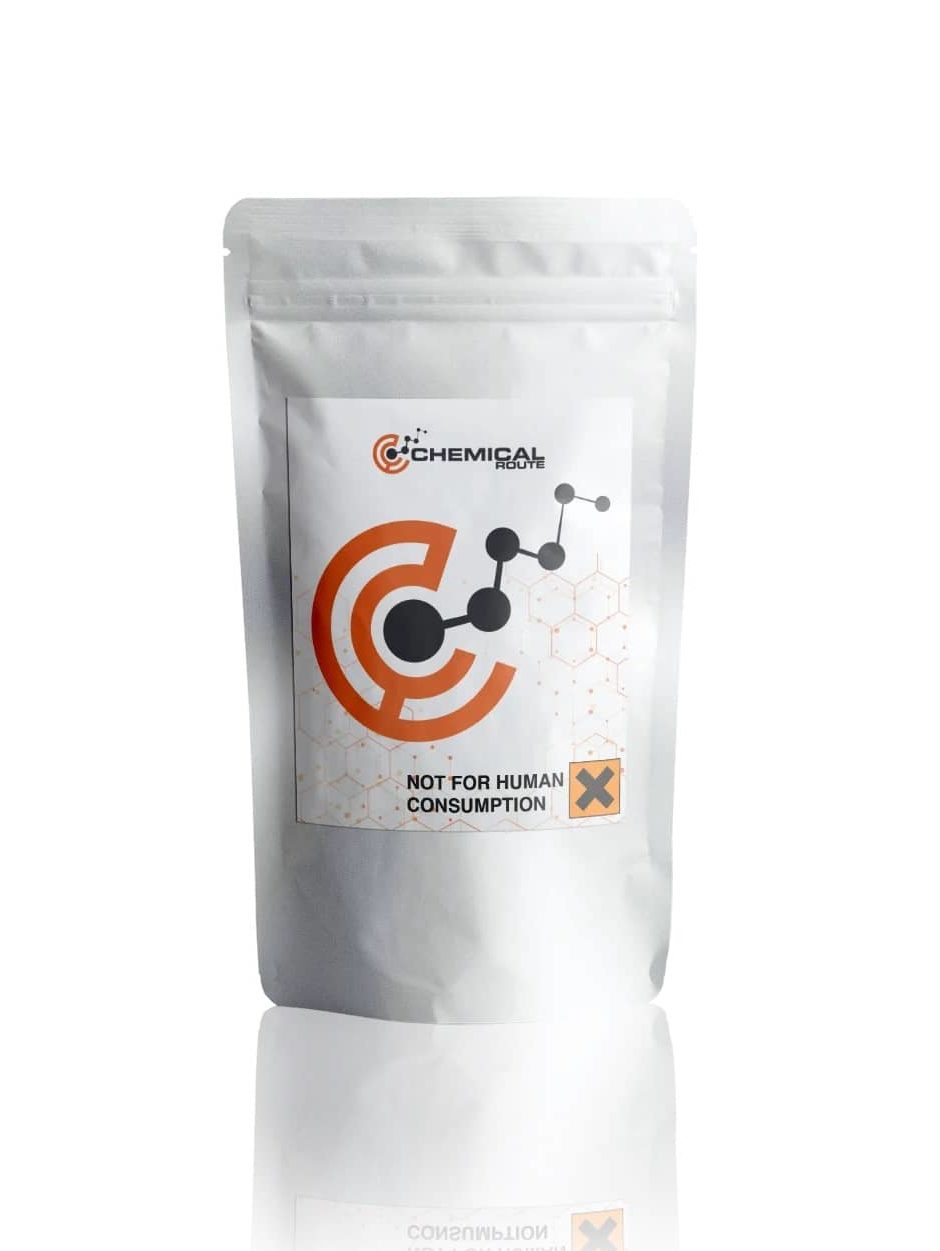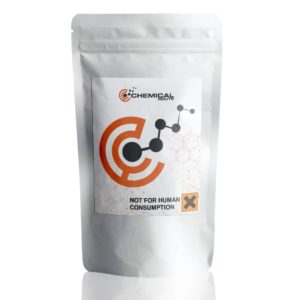Description
3-MeO-PCE, 3-Methoxyeticyclidine
Product information
IUPAC-name N-Ethyl-1-(3-methoxyphenyl)cyclohexan-1-amine
Synonyms 3-MeO-PCE, 3-Methoxyeticyclidine
Formal name N-ethyl-1-(3-
Cas number 1364933-80-1
Formula C15H23NO
Molar Mass 233.355 g·mol−1
Purity 99.0 % min.
Formulations A neat solid, Powder
Solubility
- DMF: 20 mg/ml
- DMSO: 14 mg/ml
- Ethanol: 25 mg/ml
- PBS (pH 7.2): 10 mg/ml
3-MeO-PCE, 3-Methoxyeticyclidine
A type of dissociative anesthetic known as 3-Methoxyeticyclidine (3-MeO-PCE) is commonly sold as a designer drug. It is similar to PCP and PCE in terms of its effects.
In October 2012, an advisory council in the UK released a report about the effects of methoxetamine, which stated that the drug’s harm is comparable to that of Class B drugs under the Misuse of Drugs Act. It also suggested that other analogues of the drug should be added to the list of class B drugs. Among the other substances mentioned in the report was 3-MeO-PCE.
The report also discussed the receptor binding properties of different dissociatives, such as 3-MeO-PCE, 4-MeO-PCP, and 3-MeO-PCP. These properties showed that they have a significant affinity for the receptor site of the NMDA.
The Ki values of 3-MeO-PCE for different receptors, such as the dopamine transporter and the serotonin transporter, were reported. These properties show that the drug has a significant binding potential to the 1 and 2 receptors.
Chemistry
Arylcyclohexylamines, such as 3-MeO-PCE, are commonly referred to as arylcyclohexylamine drugs. These drugs have structures that include a cyclohexane ring and an aromatic ring. The amine group and the phenyl ring are respectively bound to an aromatic and cyclohexane ring.
Like other arylcyclohexylamines, 3-MeO-PCE is also bound to the same carbon of the cyclohexanone ring. However, instead of an amino methyl chain, it has an ethyl chain instead. This is similar to the structure of the drug known as MXE, but it lacks the R2 substituted ketones.
Pharmacology
The 3-MeO-PCE is a protein that targets the receptor for the neuromodulator known as NMDA. This receptor allows electrical signals to pass between the spinal column and the brain. When the receptor is closed, the signals are not able to reach the neurons. This results in the disconnection of the neurons, which can lead to various symptoms such as difficulty moving and feeling.
The Ki values of the 3-MeO-PCE protein are 61 nM for the neurotransmitter NMDA receptor, 743 for the dopamine transporter, and 2097 for the histamine H2 receptor. It also targets the alpha-2A adrenergic receptor, the serotonin transporter, and the 1 receptor.
The toxicological and physiological properties of this compound has not been analyzed. Usage of this Chemical should be for research and forensic purposes only.
WARNING This product is not for human or veterinary use.

This product is only available to persons of 21 years old and above.
Hazard statement(s)
| H302 | Harmful if swallowed |
| H315 | Causes skin irritation |
| H319 | Causes serious eye irritation |
| H332 | Harmful if inhaled |
| H335 | cause respiratory irritation |
| H336 | cause drowsiness or dizziness |
| Precautionary statement(s) | |
| P264 | Wash hands thoroughly after handling |
| P280 | protective gloves/protective clothing/eye protection/face protection |
| P305 + P351 + P338 | IF IN EYES: Rinse cautiously with for several minutes. Remove contact lenses, if present and easy to do. Continue rinsing. |
| P337 + P313 | If eye irritation persists: Get medical advice/attention |
| P261 | Avoid breathing dust/ fume/ gas/ mist/ vapors/ spray |
| P271 | Use only outdoors or in a well-ventilated area |
| P304 + P340 | IF INHALED: Remove victim to fresh air and keep at rest in a position comfortable for breathing |
| P312 | Call a POISON CENTER or doctor/physician if you feel unwell |
| P403 + P233 | Store in a well-ventilated place. Keep container tightly closed |
| P405 | Store locked up |
| P501 | Dispose of contents/container to a licensed disposal company |



Reviews
There are no reviews yet.